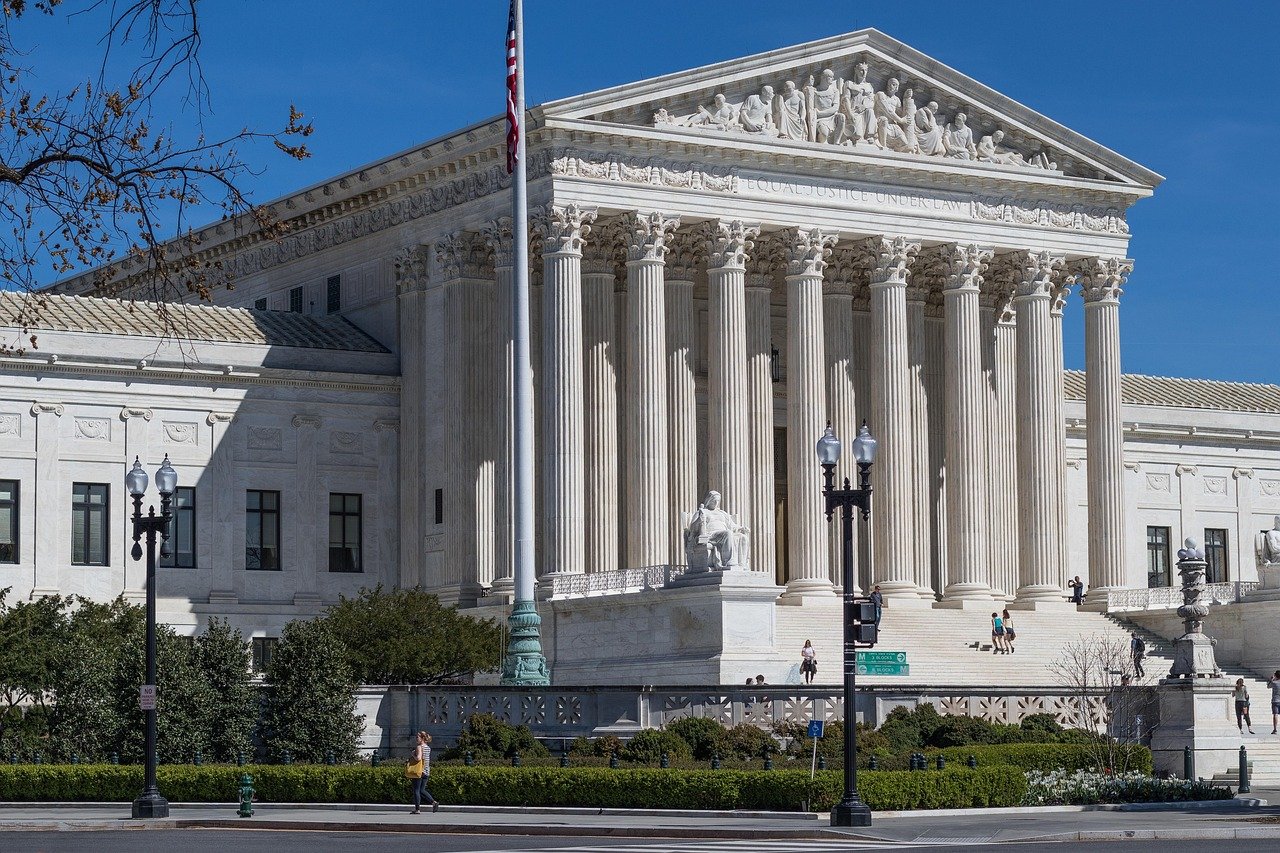The trend involves students using various methods to deliberately cause their school-issued Chromebooks to malfunction or shut down. This often includes inserting foreign objects into USB ports, manipulating the power supply, or tampering with the hardware components of the device. The goal is typically to create a reaction worth capturing on video and sharing on platforms like TikTok, Instagram, or Snapchat.
This phenomenon is troubling for several reasons:
Firstly, it poses significant safety risks. Short-circuiting an electronic device can lead to electrical shocks, fires, or other hazardous situations. Students who engage in this behavior are putting themselves and others at risk without fully understanding the potential consequences.
Secondly, this challenge highlights a lack of respect for property. Chromebooks and other educational tools provided by schools represent a substantial investment aimed at enhancing student learning experiences. When students deliberately damage these devices, it undermines the educational environment and shows a disregard for resources that benefit everyone.
Moreover, repairing or replacing damaged Chromebooks strains school budgets. Funds that could have been allocated towards enriching educational programs or improving facilities are instead diverted to cover unnecessary replacements or repairs. In an era where educational resources are already stretched thin this additional financial burden can hinder a school’s ability to provide quality education.
The spread of such trends also raises questions about the role of social media in shaping youth behavior and decision-making processes. While social media can be a platform for positive interaction and creativity it also has the potential to encourage destructive behavior if not used responsibly.
Educators and parents face unique challenges in addressing this issue. It requires not only disciplining those involved but also educating all students about the responsible use of technology and the repercussions of misusing it both from ethical and safety perspectives.
Some schools have responded by holding assemblies discussing the importance of respecting school property and outlining the consequences of such actions including potential legal ramifications. Others have implemented stricter monitoring of internet usage within school premises to better oversee what students are accessing during school hours.
In conclusion while social media challenges can sometimes be fun and engaging they must be approached with caution especially when they encourage unsafe behaviors or destruction of property. Both educators and parents need to work together in guiding young individuals towards making smarter choices online encouraging them to think critically about the consequences their digital actions may have in real life.

















